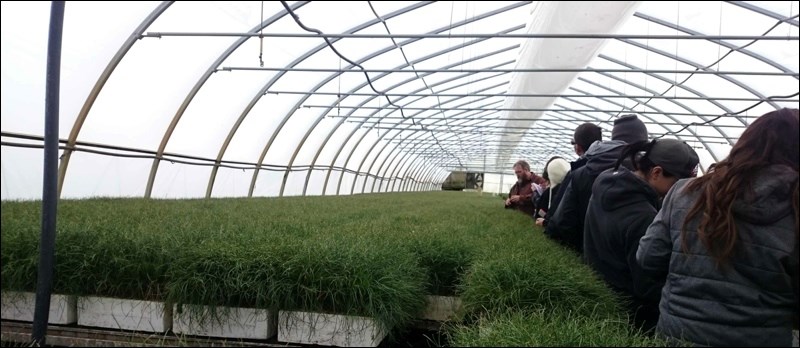The boreal forest is a beautiful piece of our country and is central to our natural environment, history, culture and economy. Canada respects the boreal forest in many ways: by setting aside legally protected areas; by conducting scientific research; and by monitoring the state of the forest, as the health of the boreal forest is vital to Canada and the world.
The boreal zone is the wide area that lies between the treeless tundra of the arctic zone in northern Canada and the temperate zone in southern Canada. The boreal forest is the forested area within the larger boreal zone. The boreal forest, from the world perspective, is “circumpolar” because it circles the Northern Hemisphere, forming a ring around the North Pole, just south of the Arctic Circle. Countries with forests and land in the boreal zone include Canada, the United States, Norway, Sweden, Russia, China and a few others.
Worldwide the boreal forest covers 14 per cent of the land on earth and covers 1. 9 billion hectares. Trees in the boreal forest include pine, spruce, larch, fir, poplar and birch as well as thousands of lakes, rivers and wetlands. Half the bird species (150 different species) in Canada reside in the boreal forest as well as an extensive range of mammals, insects, fungi and micro-organisms.
Canada's boreal forest consists of 270 million hectares that stores carbon, purifies the air and water and regulates the climate. We are fortunate in Canada to have 28 per cent of the boreal forest on our lands, which has a great effect on the environment worldwide.
It is essential to ensure we manage this resource wisely for a number of reasons: the boreal forest creates jobs for Canadians; communities in the boreal zone rely heavily on the forest sector for economic stability and 70 per cent of our Aboriginal communities are located in forest regions. The boreal forest also offers unique tourism and recreational activities that also contribute to the local and national economies. Last but definitely not least is the availability of timber and non-timber products, mineral and energy resources and hydroelectric potential of regional rivers as well as food and renewable raw materials
Did you know that approximately 94 per cent of the forests in Canada are on publicly owned land? This enables our government to regulate harvesting practices and to apply land-use planning through legislation and other policies. It is important to manage our forests sustainably to ensure our forests are healthy, safe and thriving.
One thing that often comes to mind when talking about our forest areas is the harvesting of trees. Although when viewing an area that has been harvested it does appear to be a devastating process, it is important to remember that “deforestation” is a term that is referring to land that has been cleared of trees permanently and converted to another use. Harvesting trees does not cause deforestation as those harvested areas regrow. The deforestation rate in Canada has been declining for more than 20 years and is one of the lowest deforestation rates in the world. A new map of the North America boreal zone map is available at http://www.nrcan.gc.ca/sites/www.nrcan.gc.ca/files/cfs/assets/file/484
Many of the harvesting practices in the boreal forest have evolved to imitate natural disturbances. This is based on scientific research that gives us the knowledge to use harvest practices that would mimic the effect of fires and insect outbreaks to help our forest to renew itself.
Provincial laws require that all areas that are harvested on public land be either replanted or allowed to naturally grow back to standards set through legislation.



